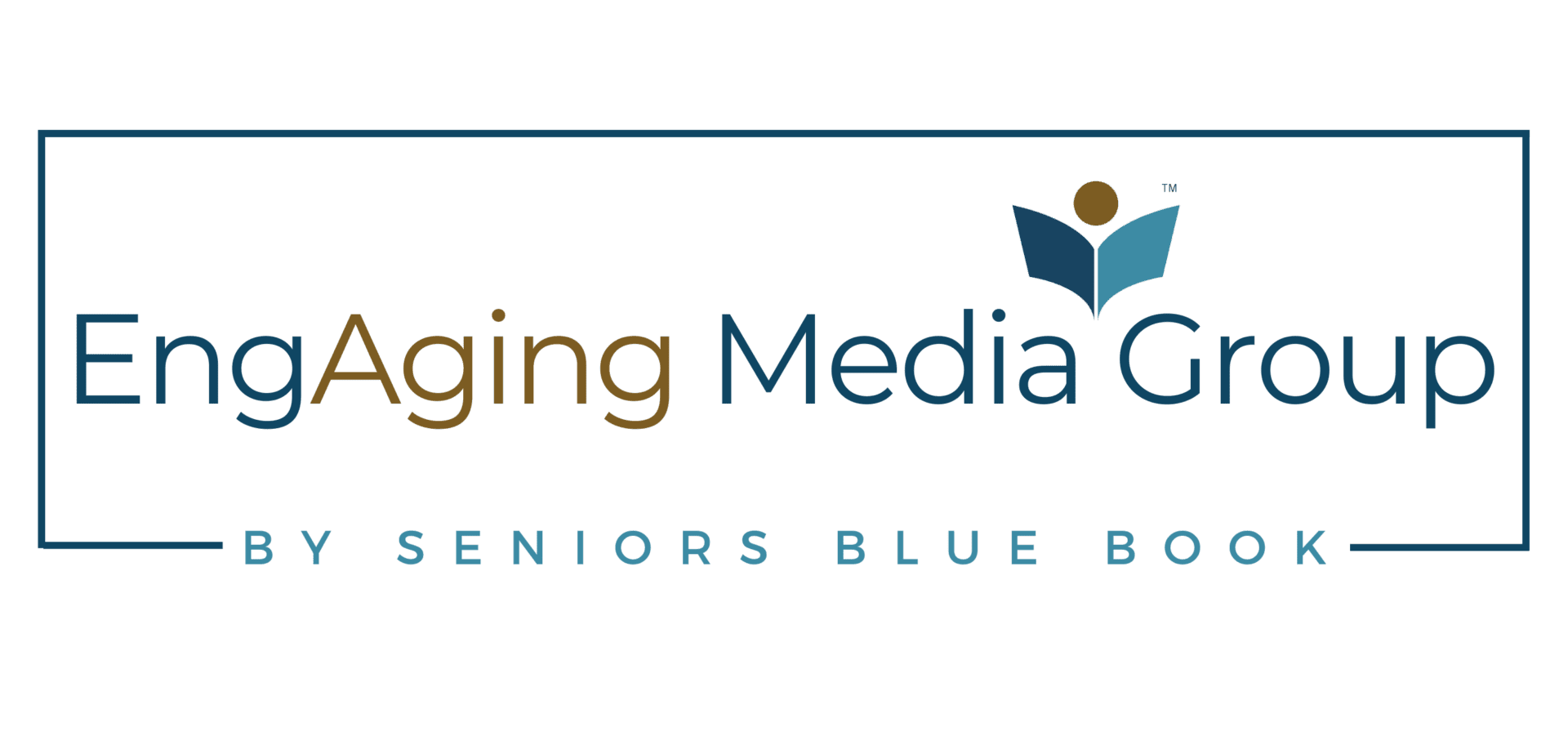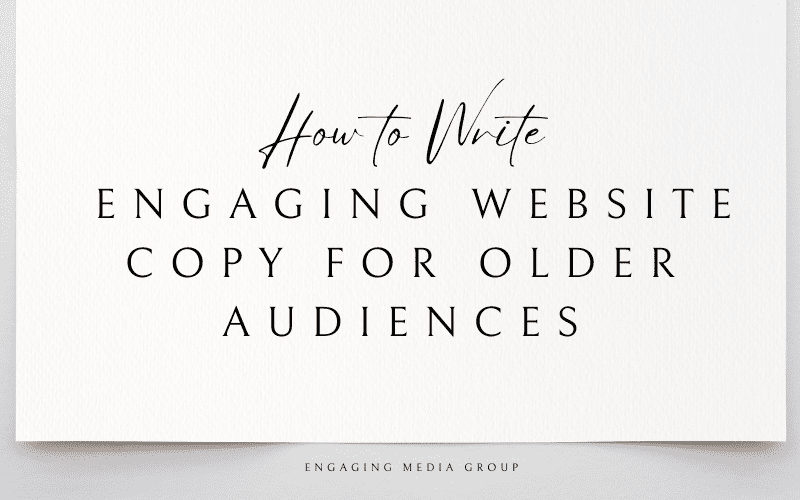Today, website is often the first impression your brand makes. For senior-focused companies, your website isn’t just a digital storefront—it’s a tool that helps build trust, provide clarity, and guide your audience to take action. And when your target market includes older adults, the way you write your copy can make all the difference.
At Engaging Media Group, we help senior-focused companies grow their brand visibility and deepen customer engagement through strategic digital marketing. In this blog, we’ll walk you through how to craft website copy that resonates with older audiences, keeps them reading, and encourages them to connect with your brand.
Understand Your Audience
Before you type a single word, it’s essential to understand who you’re talking to. Older adults often come to your website looking for clear answers, trustworthy guidance, and easy navigation.
Key audience characteristics:
- They may have lower digital literacy
- They value clarity and straightforward language
- They appreciate professionalism, warmth, and respect
- They want to feel informed, not rushed or overwhelmed
Your job is to make them feel welcome, understood, and empowered.
Use Clear, Concise Language
Seniors appreciate simplicity. Avoid jargon, slang, or trendy language that might confuse or alienate them. Use words and phrases that are familiar, friendly, and easy to understand.
Instead of this: “Let us revolutionize your retirement journey with cutting-edge service solutions.”
Try this: “We help you enjoy retirement with services that are easy to access and built for your needs.”
Write like you’re having a conversation with someone you respect. Keep sentences short. Break up long paragraphs. And always aim for clarity over cleverness.
Prioritize Readability
Good website copy should be easy on the eyes as well as the brain. That means more than just your words—it includes your formatting too.
Tips for better readability:
- Use larger font sizes (16pt and above)
- Choose high-contrast colors (dark text on light background)
- Use bullet points or numbered lists to organize content
- Leave plenty of white space between sections
When your content is easy to scan, your audience is more likely to stay and engage.
Focus on Benefits, Not Just Features
Older adults tend to respond well to practical value. Instead of just listing what your service or product does, explain how it makes life easier, safer, or more enjoyable.
Example: “Our in-home care services include meal prep and medication reminders.”
Revised version: “With our in-home care services, your loved one gets help with meals and medication so you can have peace of mind every day.”
You’re not just selling a service. You’re offering comfort, security, and independence. Make that emotional benefit clear in your copy.
Use Trust-Building Language
Trust is everything, especially when writing for an older demographic. They want to know they’re working with a company that understands their needs and treats them with dignity.
Ways to build trust through copy:
- Include testimonials and real stories
- Use phrases like “trusted by families for over 20 years” or “recommended by local caregivers”
- Offer guarantees or transparent pricing when possible
- Use direct, honest, and respectful language
Avoid pushy sales tactics. Instead, use reassuring, supportive messaging that shows you’re here to help.
Include a Clear Call to Action (CTA)
Once you’ve informed and reassured your visitor, make it clear what to do next. Whether it’s calling your office, filling out a form, or scheduling a consultation—be direct.
Good CTAs for senior audiences:
- “Call us today to speak with a local advisor.”
- “Download our free senior care planning guide.”
- “Schedule a no-obligation consultation.”
Place CTAs in multiple locations on the page—not just at the bottom. And make sure the language is friendly, not forceful.
Test and Improve
What works for one audience may not work for another. Review your site analytics. Ask for feedback from seniors in your network. Look at heat maps and session recordings to see where users drop off.
Then, refine your copy based on what you learn. Small changes in wording, layout, or formatting can make a big difference.
Final Thoughts
Writing website copy for older adults isn’t just about using larger fonts or simpler words. It’s about writing with empathy, clarity, and purpose. When done right, your copy becomes a bridge that connects your brand to the people who need it most.
At Engaging Media Group, we specialize in helping senior-focused companies like yours grow online. We know how to craft copy and content that connects with older audiences and builds long-term trust.
Ready to improve your website and drive real engagement? Contact us today at hello@engagingmediagroup.com for a free marketing consultation. We’ll give you a personalized assessment of your site—including actionable tips you can implement right away.

